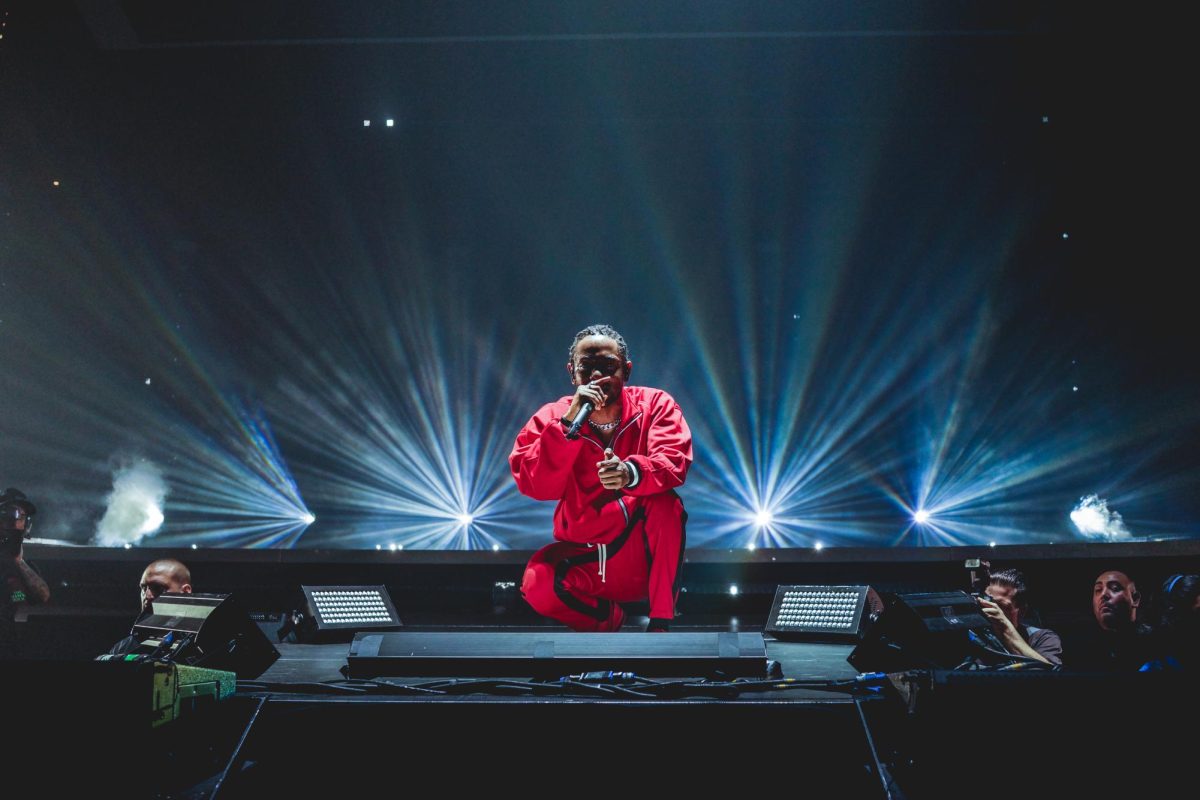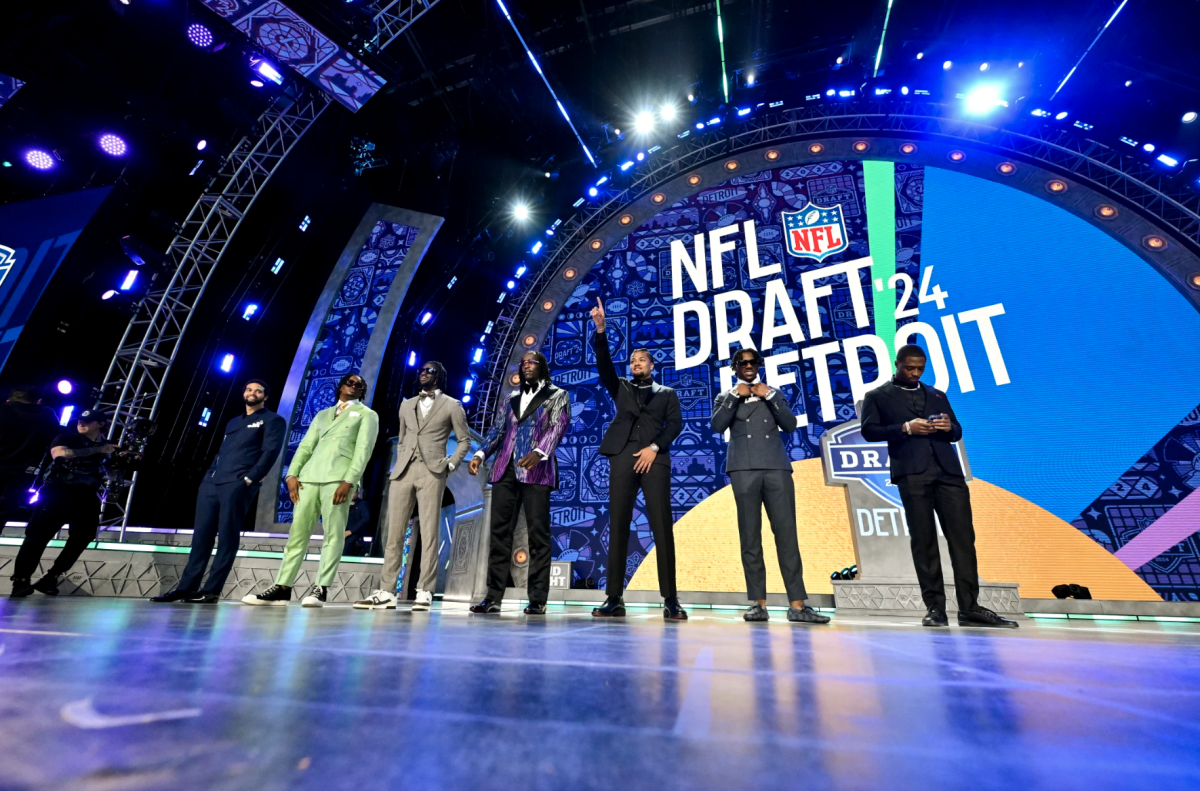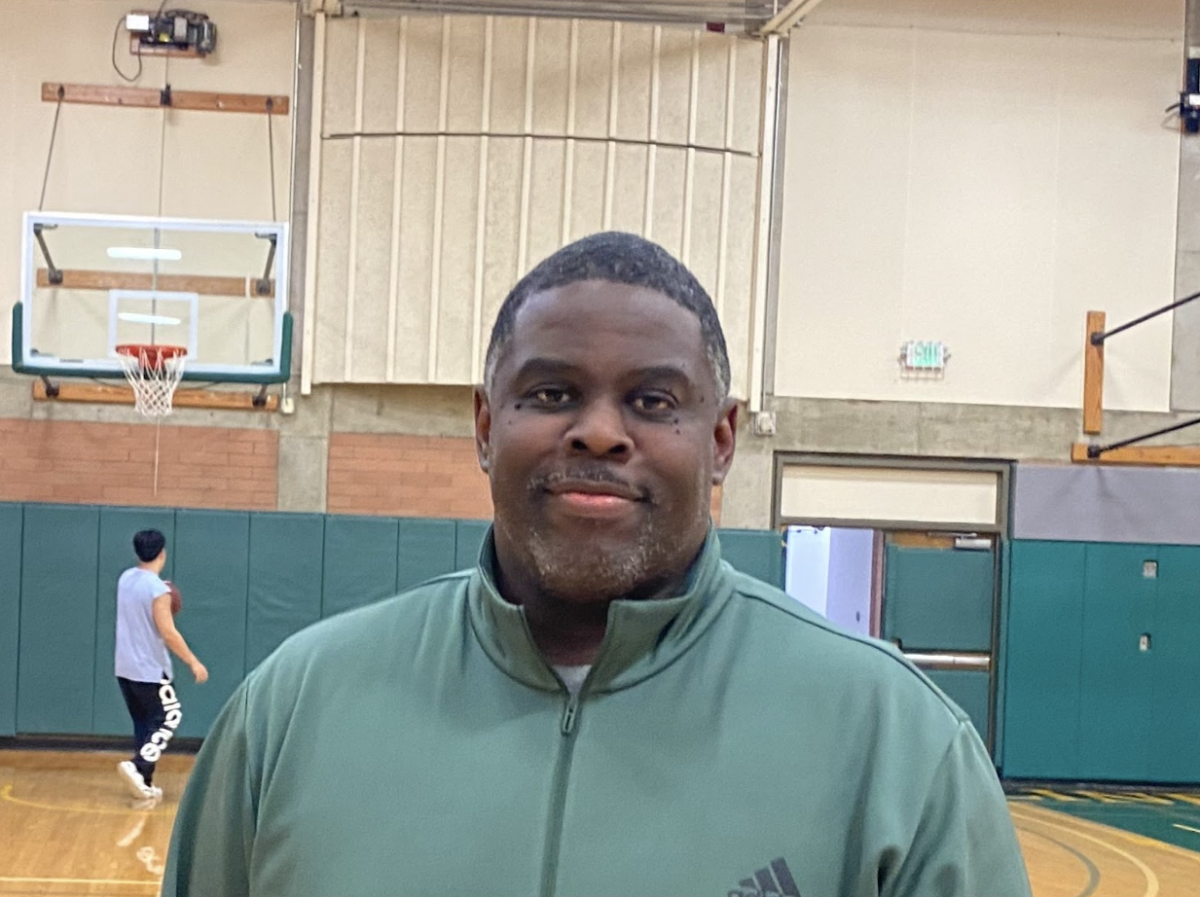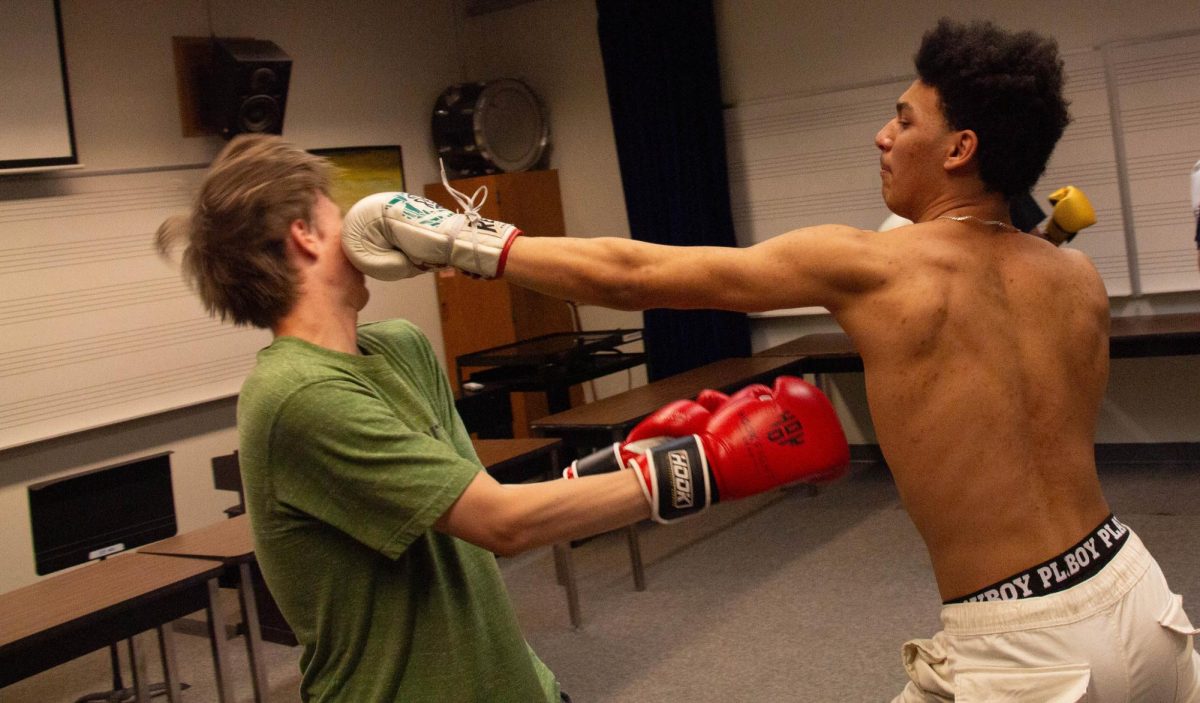BODY SHAMING IN SPORTS
Even world-class athletes endure insecurities about their bodies.
Body shaming is an issue pervasive across many spheres of our society today. Measures have been taken to stamp it out, but it remains as a last crude vestige of how immature and nearsighted people inflict judgment on others.
Racism, sexism and homophobia have had their hand in steering this country throughout its history. As more overt forms of bigotry get substantially more scrutinized (and not unrightfully so), sometimes people can forget that the rising tide doesn’t necessarily raise all boats.
One area where this can be starkly seen is through sports. The national sports media has tiptoed around topics of bigotry except to demonize the worst of the worst and to laud a select few of the progressive fighters.
The rest have been left out, forgotten. Only the extremes get covered and there is little room for nuance, much like the rest of media coverage in general.
Now that it is supremely unacceptable for sports journalists to deride someone for gender, race or sexual orientation, one of the last ways to put down others has bubbled up in their place, and it’s a way that doesn’t automatically make you considered “evil.” Body shaming has emerged in their stead.
The 2018 Masters
Patrick Reed just won the biggest annual tournament in golf, a sport that particularly lends itself to players of all sizes. It was Reed’s first major victory, yet the discourse around the achievement was marred with a slew of comments about his weight.
Reed doesn’t look like your typical athlete. This fact is noteworthy, sure. But it has dominated the discussion concerning this year’s Masters champion. It has been covertly slipped in, mostly by other white males, who, let’s be honest, often know quite little about the true nature of being objectified.
After his victory, the first ESPN article to appear began: “Patrick Reed will never be regarded among the signature athletes of his generation. He is built like a beer-league softball player,” said Ian O’Connor, a senior writer at ESPN.
Tony Kornheiser, one of the hosts of the popular ESPN show “Pardon The Interruption,” “praised” Reed on his daily podcast the following day. “This guy, … he looks fat and he looks paunchy and he’s very arrogant and nobody likes him … but he’s tough. He’s tough.”
“He looks decidedly doughy in whatever outfit he wears,” said Tara Sullivan in the Boston Globe.
“Cousin Sal,” a frequent guest on former ESPN writer Bill Simmons’ podcast, said, “The (Atlanta) Braves have been nice enough to offer their tarp in case Patrick Reed needs to get fitted for the green jacket (the award for winning the Masters. It is an actual classic, three-button, single-breasted and single-vent sports coat, and it is the most coveted prize in the sport).” Simmons giggled back in response.
Other Athletes
This is not the first time the golf world has had a darling whose weight is a media focus.
John Daly was a gruff, down-to-earth character whose size and personality were intertwined to make him a likable fan favorite. He wasn’t a household name but was a mainstay in the sports world in the ‘90s and early ‘00s.
Embracing his outsized persona, Daly claimed to have drank 26-28 Diet Cokes a day in his “prime.”
Team sports often have a place for diverse body shapes to thrive. In football, both the offensive and defensive line have players in the 300-pound range. Anything lower than that often means the player is “undersized.”
Offensive tackle Aaron Gibson was listed above 400 pounds while playing for the Dallas Cowboys in 2002.
In basketball, post players (mostly centers) are some of the largest people on the planet. Yao Ming, Shaquille O’Neal and Shawn Kemp are just a few.
Larger pitchers and corner infielders often excel in baseball, with names like Bartolo Colon, CC Sabbathia, Prince Fielder and Pablo Sandoval being All-Stars. And who could forget about Babe Ruth.
The world of soccer has an especially messy scenario with body shaming. Wayne Shaw played backup goalkeeper for third-tier English side Sutton United. In the fifth round of the FA Cup in 2017, his side played London giants Arsenal and lost 0-2.
However, during the game, Shaw could be seen by the cameras eating a pasty while on the sidelines. This otherwise comical event ended in disgrace when it was discovered that a series of bets had been placed with the British gambling company Sun Bets over just such an event happening.
It was a media frenzy in Britain, as it was thought that Shaw had conspired with the bookies for a specific outcome. Ultimately a man with the nickname “Roly Poly Goalie” was banned by the English Football Association for two months.
Self Image
This weekend, a new major motion picture starring Amy Schumer will be released. The movie, “I Feel Pretty,” centers around an insecure woman who hits her head and gets infused with immense self-confidence — she only sees a supermodel when looking in a mirror.
This gives her the ability to live a life where she is an agent for her own happiness. The film will probably end with a lesson somewhere in the vicinity of “if you have the confidence to live your fullest life, you will succeed.”
The same is true in athletic competition.
Body types in sports are based on three major things: the sport, the position and, most importantly, the person. Athletes have succeeded on many levels with different body types. But larger people suffer a specific injustice that extends to the mainstream sports media. This is unlike other -isms and phobias which, by now, have been culled from most national publications. Body shaming is seemingly a free-for-all for even the most established sports journalists.
Body size and shape doesn’t necessarily denote athletic ability. Anyone can be athletic, regardless of body type.












